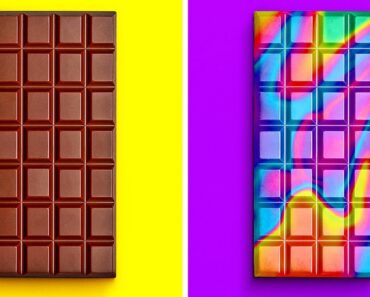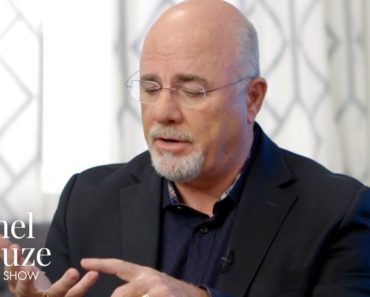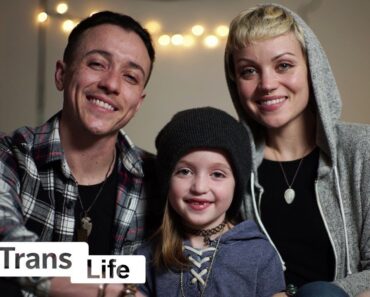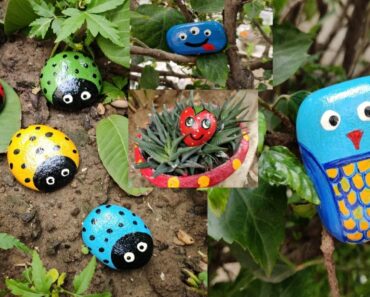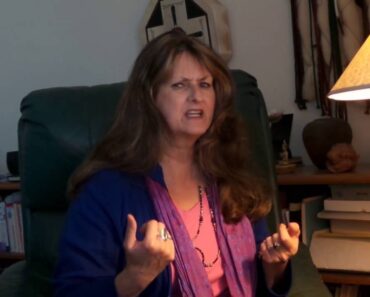In ancient days, people gazed at the stars and associated the celestial bodies with objects, animals, and mythical deities. They also believed that everything revolved around the Earth. These celestial bodies were called planetes, a Greek term that translates to wanderers (1).
However, we now know that everything from our planet Earth to the other planets, dwarf planets, moons, asteroids, comets, and meteoroids orbit around the Sun. So, what exactly are these celestial bodies in our solar system? Let us find the answers in this post.
Planets In Our Solar System
Our solar system comprises eight planets, of which some planets are filled with gases, some have a rocky surface, some are small, and some are big. Scientists are discovering new things about the planets and the solar system every day.
Let us first discuss what exactly are these planets, including the one you are currently living in.
According to the International Astronomical Union, a planet should fulfill these three criteria (2).
- Orbit around the Sun
- Have sufficient mass or be large enough so that its self-gravity molds it into a spherical shape
- Have a free orbit without other small objects
Mercury, Venus, Earth, and Mars are the four small, rocky planets nearest to the Sun. After Mars, there appears an asteroid belt, a large area filled with millions and millions of rock-like objects. These rocks are nothing but leftover particles from the formation of planets, around 4.5 billion years ago (3).
On the other side of this asteroid belt are four massive, gaseous planets, namely Jupiter, Saturn, Uranus, and Neptune (3).
Let us learn about each planet of our solar system in detail ( (4), (5), (6), (7), (8), (9), (10), (11)).
- Mercury: It is the smallest planet in our solar system and closest to the Sun. However, it is not the hottest. It has no atmosphere and no moons, and the solid surface is covered with craters.
- Venus: Although Venus is not the closest planet to the Sun, it is the hottest. Its atmosphere is full of clouds of sulphuric acid, greenhouse gases, and carbon dioxide, which keep this planet very warm.
- Earth: Earth is special because it is the only planet that supports life. It is also known as an ocean planet, as approximately 71% of the Earth’s surface is covered with water. The atmosphere primarily consists of nitrogen and oxygen.
- Mars: Half the Earth’s size, this planet is also called the Red Planet because of the presence of iron on its surface. It is similar to Earth in many aspects as it has seasons, polar ice caps, and volcanoes.
- Jupiter: It is the biggest planet in the solar system. Covered in swirling clouds, it is similar to a star. This planet has no solid surface and is a big gas giant.
- Saturn: It has the most spectacular rings made of ice and rock particles. Like Jupiter, it is also a gas giant made of hydrogen and helium. Saturn can be viewed without advanced telescopes.
- Uranus: Uranus has a small, rocky center, and the atmosphere is filled with hydrogen, helium, and methane. It appears blue due to the presence of methane. It rotates on its sides, unlike other planets.
- Neptune: The last planet in the solar system, it is very dark, cold, and windy. It is similar to Uranus and is made up of ammonia and methane. Its atmosphere is filled with hydrogen, helium, and methane.
Are you wondering about Pluto? In 2006, Pluto was declared a dwarf planet (3). It is too small to be considered a planet in our solar system.
Interestingly, astronomers are now aware of many other solar systems and are discovering newer ones too. A group of researchers also believe that these planets may support alien life!
30 Amazing Facts About The Solar System
Let us explore some startling facts about our solar system ( (12), (13), (14), (15), (16), (17), (18), (19), (20), (21), (22), (23), (24), (25)).
- Our solar system was formed 4.5 billion years ago.
- Our planetary system is called the solar system because the Sun is named Sol, derived from the Latin word ‘solis.’ Therefore, anything related to the Sun is called ‘solar.’
- Our solar system orbits the center of the Milky Way Galaxy at a speed of about 515,000mph.
- The Milky Way galaxy is a spiral galaxy. The other types of galaxies include elliptical and irregular.
- In ancient civilizations, planets were considered deities or gods. Therefore, the planets of our solar system are named after Roman gods. For instance, Mars was the god of war, and Venus, the goddess of love.
- Mercury is closest to the Sun and is very small in size—18 mercury planets would fill the earth. Interestingly, Mercury is quite heavy for its size — it is heavier than the Moon.
- Our solar system, including the planets and asteroids, has a total of more than 150 moons!
- Astronomers realized that all planets revolved around the Sun by the 17th century. Uranus and Neptune were discovered in 1781 and 1846, respectively.
- Because of its proximity to the Sun, Mercury experiences extreme temperatures. It may observe the lowest temperature of -300℉ and the highest scorching temperature of 800℉.
- Venus has a structure similar to Earth and is almost the same size as our planet. It is the second closest planet to the Sun, but it is the hottest planet in our solar system, with soaring temperatures enough to melt lead.
- Earth is a watery planet. Approximately 71% of its surface is covered with water, and its oceans are a reservoir for 96.5% of the total Earth’s water. Interestingly, only 3% of Earth’s water is fresh.
- Ours is the only planetary system that has been known to support life. However, researchers are exploring the possibility of life on other planetary systems.
- Olympus Mons is the youngest yet largest volcano present on Mars. Interestingly, it is three times higher than Mt. Everest, the highest mountain on Earth
- Jupiter is the largest planet in our solar system. It is almost 11 times the size of the Earth but has the shortest days!
- In our solar system, four planets and one asteroid have rings. However, Saturn has the most spectacular rings around it.
- Juno is a spacecraft that entered Jupiter’s orbit on July 4, 2016. It monitors the atmosphere for understanding the origin and evolution of Jupiter.
- The rings of Uranus are not visible through the naked eye but with the largest of space telescopes. Its epsilon ring, the main ring, is much different from the popular, spectacular rings of Saturn.
- Uranus, an icy and windy planet, appears blue when seen through a telescope. However, it is not blue because of the presence of water but because of the gases present in its atmosphere.
- The solar system takes approximately 230 million years to complete one orbit around the galactic center.
- Various space agencies have launched a total of 300 spacecraft that have explored the solar system beyond Earth.
- Only 24 astronauts have orbited or landed on the Moon to date.
- Voyager 1, NASA’s spacecraft, is the only spacecraft that has gone beyond our solar system into the interstellar space.
- Can you imagine how large the Sun is? It makes up 99.86% of the total mass of the solar system. It is so big that about 1,300,000 Earths can fit into it.
- Moons are not considered planets because they revolve around planets. Earth has only one moon. Neither Venus nor Mercury has any moons. Jupiter has 79 moons, Saturn has 53, Uranus has 27, and Neptune has 14 moons.
- Pluto is not the only dwarf planet. Other dwarf planets include Ceres, Eris, Haumea, and Makemake.
- The planets in our solar system are frequently hit by asteroids and meteorites. Therefore, craters of different sizes on the planets and their moons can be found.
- Many asteroids transcend towards us each year. Every year an asteroid the size of a car travels toward Earth but fortunately is burned by Earth’s atmosphere. Also, approximately 100 tons of small dust or sand-sized particles bombard our planet every day.
- Have you ever wished upon a shooting star? Actually, a shooting star is a phenomenon that occurs when a meteoroid enters the Earth’s atmosphere and vaporizes.
- A comet is a small, and sometimes, active celestial object. Its ice can vaporize in sunlight, forming a coma or atmosphere of dust and gas.
- Asteroids present between Mars and Jupiter can be as big as 583 miles across. They pose no harm to Earth.
So far, our planetary system is the only one that supports life. Researchers are, however, looking for more evidence of life on other exoplanets. You never know, maybe some alien is also thinking about your existence!
